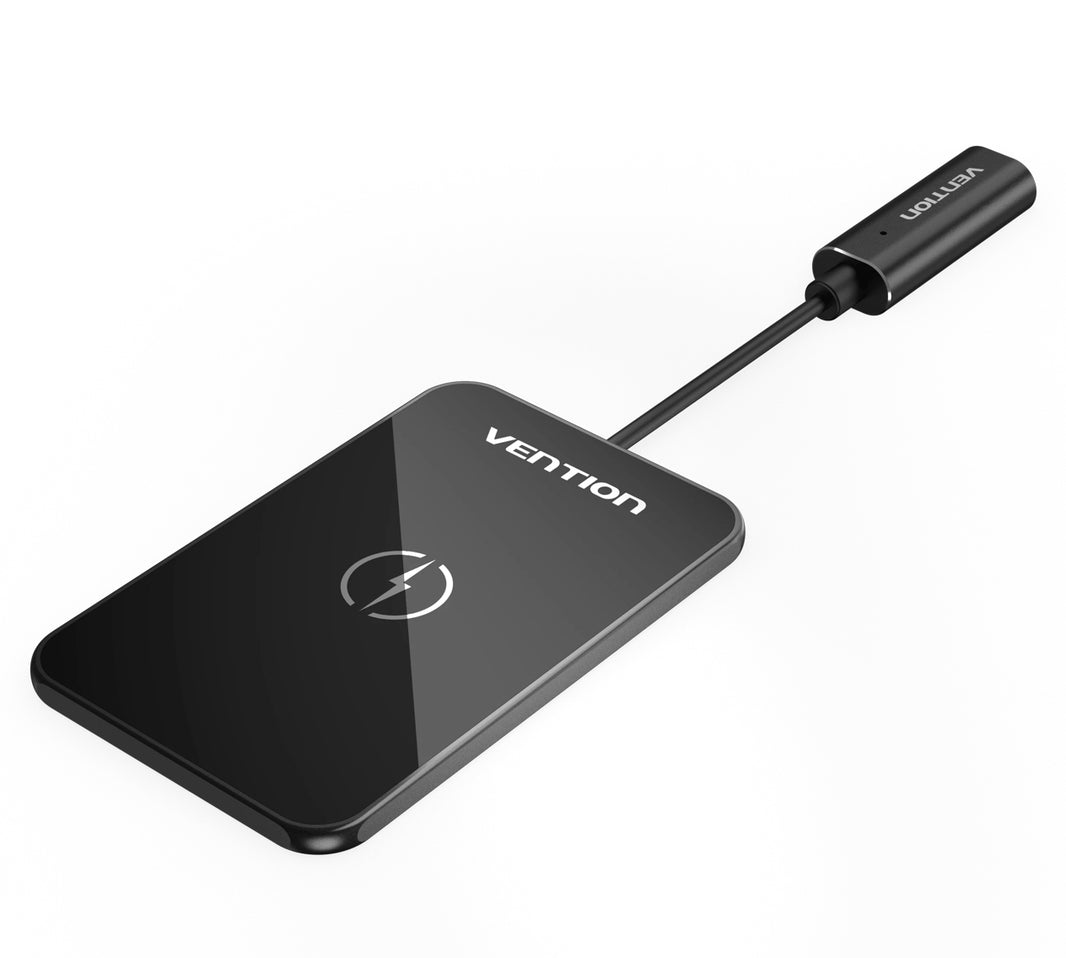Charging cables are essential for keeping our devices powered up and ready to go, but they can be surprisingly fragile. Constant bending, pulling, and improper storage can lead to fraying, breaking, and ultimately, the need for frequent replacements. To save money and reduce electronic waste, it’s important to take care of your charging cables. Here are five practical tips to help extend the lifespan of your charging cables.
1. Handle with Care
One of the most common causes of cable damage is rough handling. Here’s how to treat your cables with care:
- Avoid Tugging: When unplugging your cable, pull from the plug, not the cable itself. Tugging on the cable can weaken the internal wires and cause them to fray or break.
- Gentle Insertion and Removal: Insert and remove the cable gently. Forcing the connector into the port or yanking it out can damage both the cable and the port.
- Avoid Sharp Bends: Sharp bends can cause the internal wires to break. When using your cable, ensure it’s not sharply bent or twisted. Aim for gentle curves instead of tight angles.
2. Proper Storage Techniques
How you store your cables when not in use can significantly impact their longevity. Follow these storage tips:
- Use Cable Ties or Organizers: Instead of cramming your cables into a drawer or bag, use cable ties, organizers, or even simple twist ties to keep them neatly coiled and tangle-free. This prevents unnecessary bending and knotting.
- Avoid Tight Coiling: When coiling your cable, use a loose loop instead of a tight coil. Tight coiling can stress the wires and lead to breakage over time. A gentle figure-eight pattern is often recommended for storing cables.
- Protect the Ends: The ends of the cables are most susceptible to damage. Use protective caps for the connectors if available, and ensure the ends aren’t bent at sharp angles during storage.
3. Invest in Quality Cables
While it might be tempting to save money by purchasing cheap cables, investing in high-quality cables can save you more in the long run. Here’s what to look for:
- Durable Materials: Look for cables made with durable materials like braided nylon or reinforced connectors. These materials offer better resistance to wear and tear compared to standard plastic cables.
- Certified Products: Choose cables that are certified by the device manufacturer or adhere to industry standards (e.g., MFi-certified for Apple devices). Certified cables are tested for quality and compatibility, reducing the risk of damage.
4. Prevent Overheating
Excessive heat can damage your cables and the devices they connect to. Here’s how to avoid overheating issues:
- Keep Cables Cool: Avoid placing your cables near heat sources like radiators, stoves, or direct sunlight. Store them in a cool, dry place.
- Avoid Prolonged Use: Continuous charging can generate heat. If possible, disconnect your device once it’s fully charged to prevent overheating the cable and the device.
- Use Appropriate Chargers: Using chargers that are too powerful can cause cables to overheat. Always use the charger that came with your device or one recommended by the manufacturer.
5. Regular Inspection and Maintenance
Taking a few moments to inspect and maintain your cables can catch potential issues before they become major problems:
- Check for Damage: Regularly inspect your cables for signs of wear, such as fraying, exposed wires, or bent connectors. If you notice any damage, stop using the cable to prevent further harm to your devices.
- Clean Connectors: Dust and debris can accumulate in the connectors, causing poor connections and potential damage. Use a soft, dry cloth or a can of compressed air to clean the connectors periodically.
- Reinforce Weak Points: If you notice a particular spot on your cable is prone to bending or fraying, consider reinforcing it with a cable protector or a piece of heat-shrink tubing. This adds an extra layer of protection and extends the cable’s lifespan.
Conclusion
By following these five tips, you can significantly extend the lifespan of your charging cables, saving money and reducing waste. Handle your cables with care, store them properly, invest in quality products, prevent overheating, and conduct regular inspections to keep your cables in good condition. With these practices, you’ll ensure that your charging cables remain reliable and functional, keeping your devices powered and ready for use whenever you need them.







